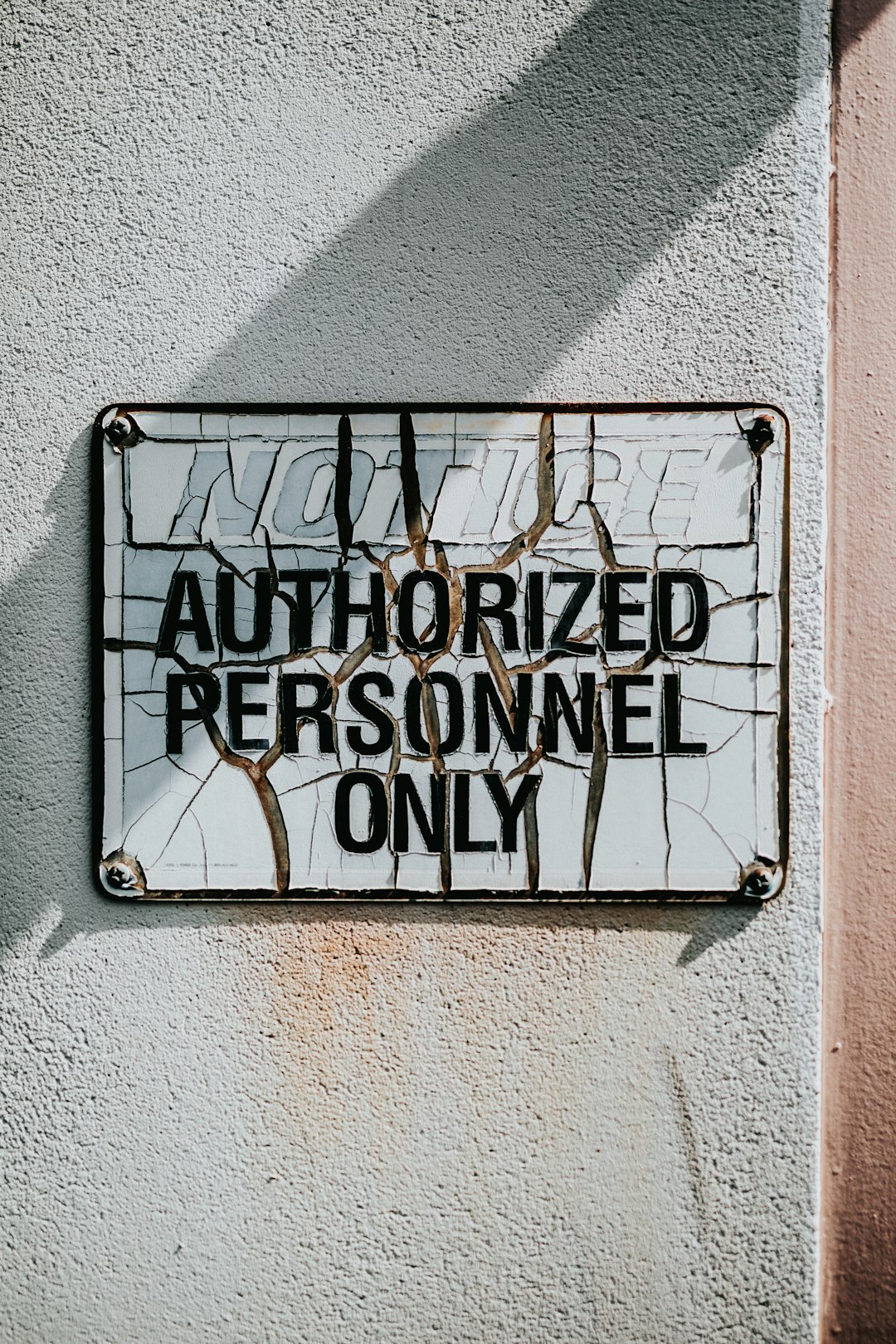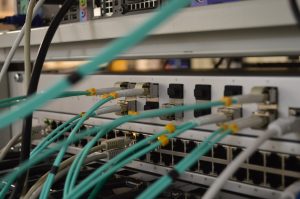
As organizations continue adapting to hybrid and remote work models, managing remote access has become a crucial part of maintaining a secure and compliant IT environment. In today’s digital landscape, granting employees access to networks, systems, and data from remote locations must be done with stringent oversight. Meeting compliance requirements is not just a best practice—it’s a legal and operational necessity.
Why Compliance Matters in Remote Access
Remote access can introduce significant security vulnerabilities. From unsecured devices and public Wi-Fi to weak authentication mechanisms, the potential for data breaches is high. Non-compliance with industry standards and government regulations can result in severe penalties, data loss, and reputational damage. Therefore, businesses must understand and implement compliance controls that govern how remote access is managed across their infrastructure.

Key Compliance Frameworks to Consider
Several regulations and frameworks outline the requirements for secure and compliant remote access. Below are some widely referenced options:
- HIPAA (Health Insurance Portability and Accountability Act): For healthcare organizations, HIPAA mandates protected health information (PHI) to be securely accessed, even remotely. Multi-factor authentication (MFA) and encryption are key elements.
- PCI DSS (Payment Card Industry Data Security Standard): Companies handling credit card data must implement robust access controls. Remote access must use encrypted transmissions and unique IDs for each user.
- GDPR (General Data Protection Regulation): This EU regulation emphasizes user consent, data protection, and secure processing—requirements that extend fully to remote access.
- SOX (Sarbanes-Oxley Act): Primarily targeting financial reporting, SOX emphasizes user activity logs and access controls to prevent fraud—important even in a remote context.
Core Compliance Requirements for Remote Access
Regardless of the framework, certain foundational practices are universally required for compliance:
1. Strong Authentication Mechanisms
One of the most basic—and essential—compliance requirements is the use of multi-factor authentication (MFA). By requiring more than a password (such as a biometric input or authentication app code), organizations can significantly reduce the risk of unauthorized access.
2. Secure Communication Channels
All data transmitted between remote workers and the corporate network must be encrypted. This often involves the use of VPNs (Virtual Private Networks), SSL/TLS connections, or Zero Trust Network Access architectures.
3. Endpoint Security
Remote endpoints such as laptops, tablets, and mobile phones must adhere to security standards:
- Use of up-to-date antivirus and antimalware tools
- Installation of the latest operating system and application patches
- Mobile device management (MDM) software for controlling access
4. Access Control Policies
Compliance mandates that users only have access to the data they need—known as the principle of least privilege. Implementing role-based access controls (RBAC) can help restrict access and reduce risk.

5. Monitoring and Auditing
Continuous monitoring of remote access activities is required to detect anomalies and unauthorized access attempts. Organizations must:
- Record and retain access logs
- Conduct regular security audits
- Generate compliance reports for internal and external stakeholders
6. User Training and Awareness
Human error is often the weakest link. Compliance frameworks recommend or require ongoing security awareness training for employees. This includes safe practices for working remotely, recognizing phishing attempts, and reporting security incidents.
7. Incident Response Plans
In the event of a security breach, organizations must have a detailed incident response plan that complies with relevant legal and industry requirements. This plan should outline immediate responses, notification procedures, and post-breach audits.
Best Practices for Staying Compliant
Maintaining compliance in a remote access environment is not a one-time task; it’s an ongoing commitment. Here are a few best practices:
- Regularly review and update access permissions: Remove access for employees who leave or change roles.
- Conduct periodic risk assessments: Identify new vulnerabilities introduced by software updates or workflow changes.
- Use centralized identity and access management (IAM) tools: Simplify the monitoring and enforcement of compliance policies across multiple remote connections.
Conclusion
Managing remote access compliance is critical to safeguarding sensitive data and meeting legal obligations. By implementing a comprehensive security strategy that includes access controls, encryption, user training, and ongoing monitoring, organizations can reduce risks and maintain trust with customers and regulatory bodies alike.
As remote work continues to evolve, so will the requirements for secure access. Staying informed and proactive is the key to long-term compliance success.






